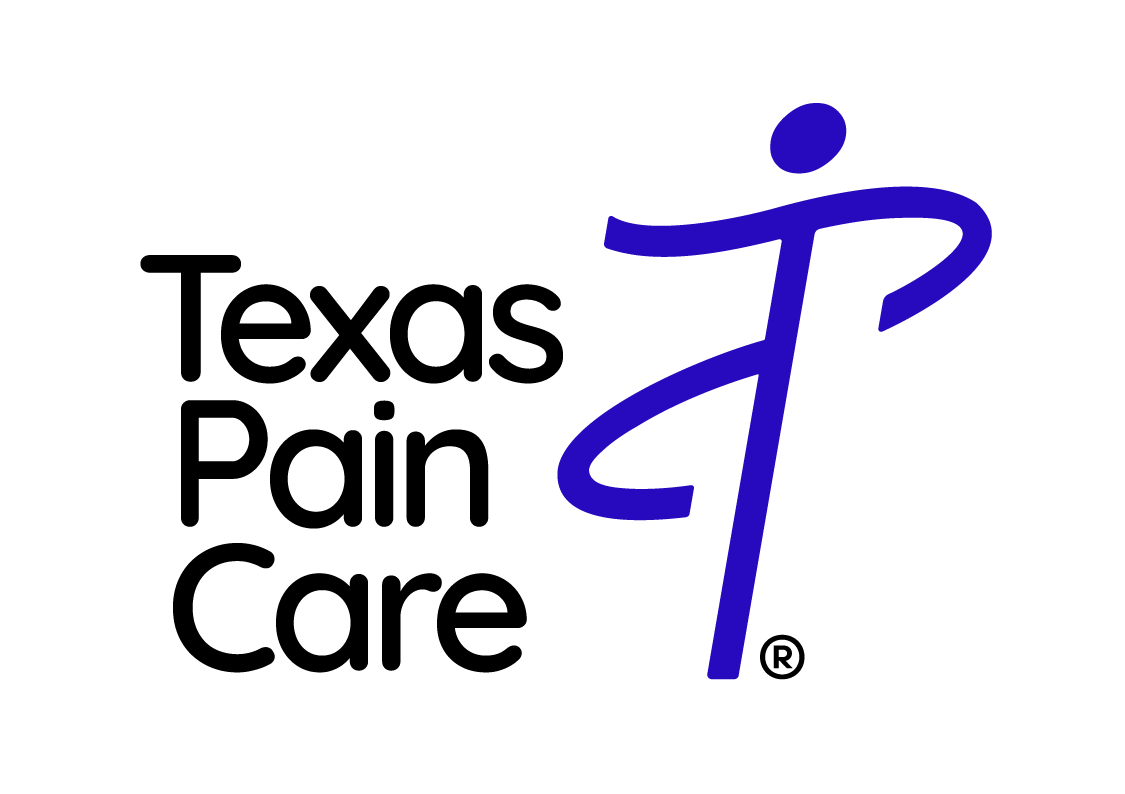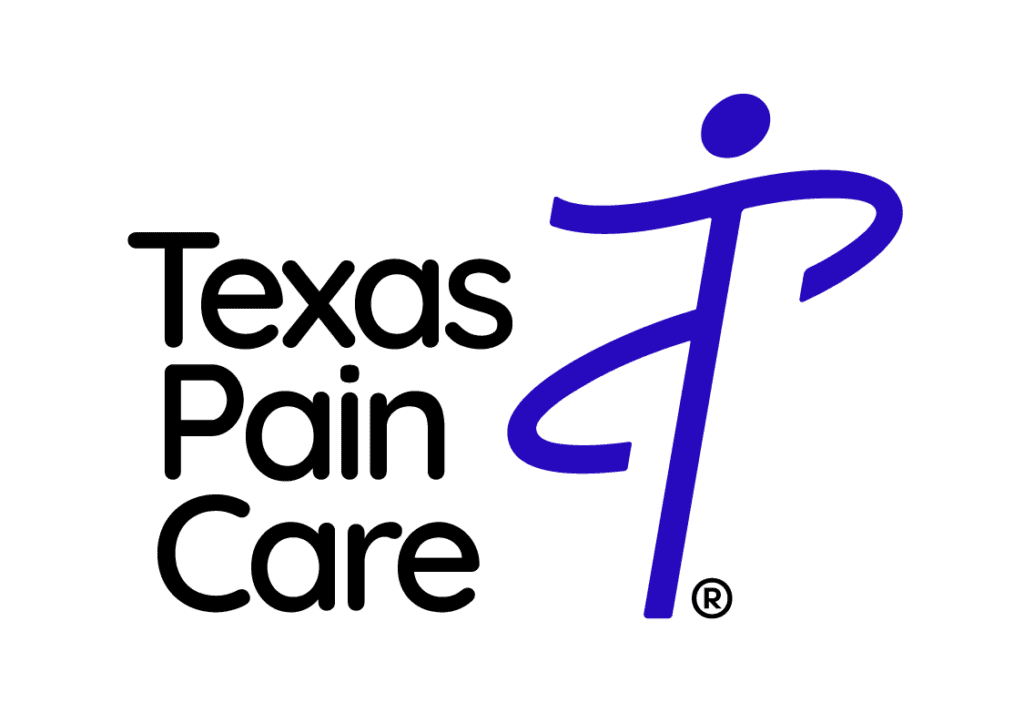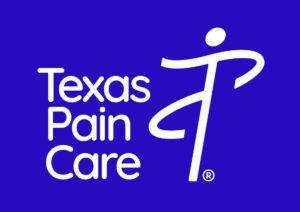
Complex Regional Pain Syndrome, as the name might suggest, is a pain syndrome that can affect a region of the body and is both difficult to diagnose and treat. Patients who experience this syndrome report feeling extreme pain sensations, most common in their lower extremities, as well as changes to the skin itself.








